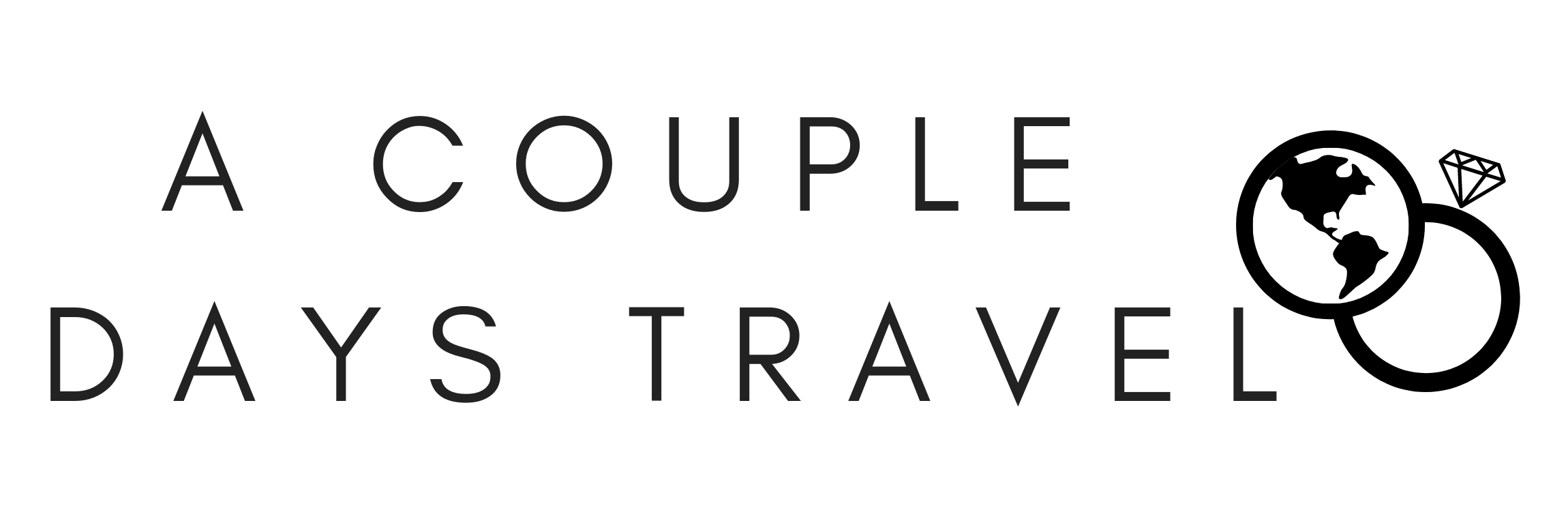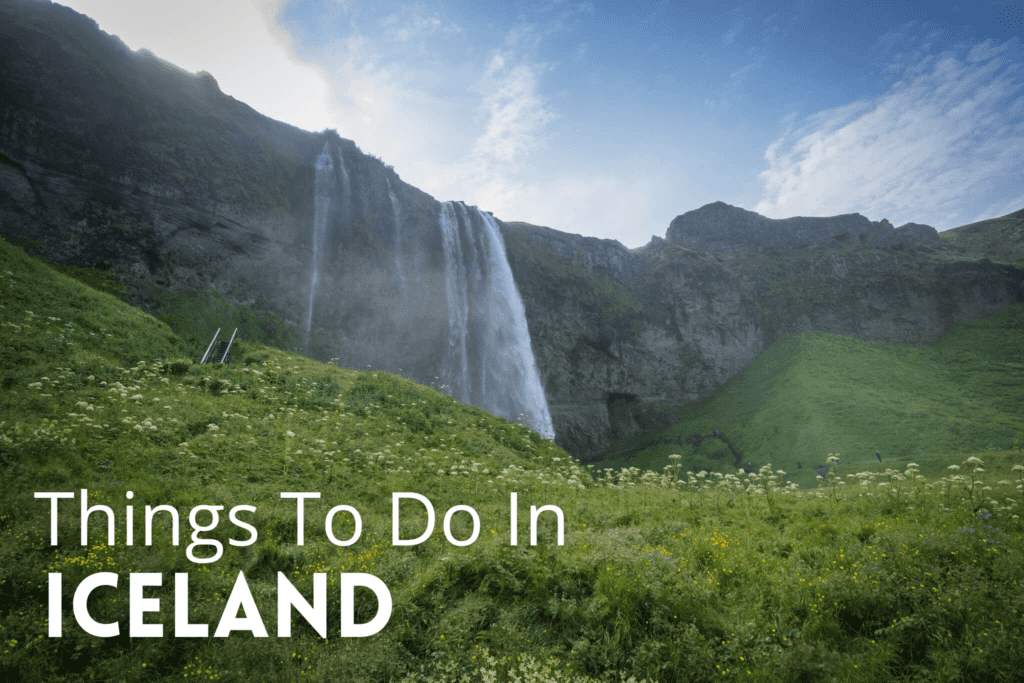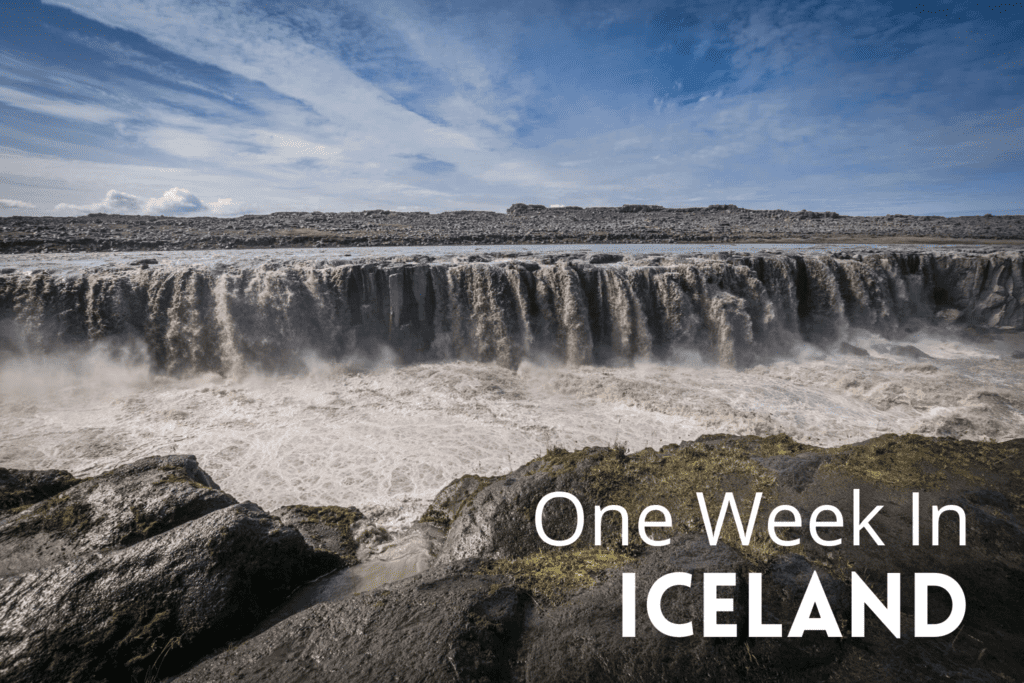| Destination |
The Ultimate Iceland Travel Guide
Iceland is one of the best destinations in the world for the nature and adventure lovers. There are so many outdoor adventures waiting for you in Iceland. A relatively small and easy to traverse country, Iceland is packed with different and unique environments to explore. Hike on a glacier, walk behind a waterfall, go whale watching, snorkel the coldest waters in the world, spend hours bird watching, spot an erupting volcano: all in Iceland! This small country certainly packs a punch of adventure. Keep reading our Iceland travel guide to find an adventure for you!
Why Visit Iceland?
We think Iceland is the BEST travel destination for the adventure lovers and outdoor enthusiasts. There are so many different natural wonders that this country has to explore. From glaciers to green hills and from waterfalls to volcanoes, there is a natural destination to suit everyone’s interests. Also, one of Iceland’s official languages is English and it has a bustling tourism economy. This makes it a really easy place to visit for US tourists!
Our Top 5 Things to do in Iceland
Visiting Waterfalls: With all the glaciers melting, you’ll see falls big and small and find your favorite waterfalls as you drive around the country.
Hiking on a Glacier: Go glacier hiking with a tour group as you visit Skaftafell or Solheimajokull.
Soaking in a Hot Spring: With so many geothermal features throughout the country, you’ll find natural hot springs are a great way to relax at the end of the day.
Snorkeling the Silfra Fissure: Snorkel between the North American and Eurasian tectonic plates is a truly unique (and cold) experience.
Puffin Spotting: See the adorable sea birds between the months of April-August in coastal towns of Iceland, like Borgarfjördur Eystri.

Iceland is far north. Farther north than a majority of travelers live. So it’s no wonder that summer is the high tourist season. And it is also the season we would most recommend. We think that Iceland travel is best suited to a road trip. In the summer, the roads are open and the weather can be beautiful. However, even in summer, cold wind and rains can make packing and dressing for Iceland a challenge.
Some people will recommend visiting in the fall, when weather is not “extremely” cold but crowds are fewer. And normally we love visiting in the shoulder season as it saves money. However, with a country this expensive, we really wanted to get our money’s worth. So the advantage of visiting in the summer when the days are long and you can pack tons of activities into sunlit hours is worth the small surge in pricing you’ll see in summer.
We also should point out that the “busy” season in Iceland will not feel busy. You should definitely make reservations for everything. However, when you are there, the places to visit in Iceland are so spread out that it doesn’t feel overrun.
Visiting Iceland in winter is another option. There are two very neat things to see in the winter. The first is the Northern lights. These can be seen on clear nights in winter. The other winter-only activity is going underneath glaciers on a glacier walk tour. If either of these things are important to you, winter is the only time these activities are regularly available. However, as many roads throughout the country close in the winter, this isn’t the best time to see the whole country.
Know Before You Go
Currency and Budget:
The currency used in Iceland is the Icelandic Króna, abbreviated ISK. Conversion rates vary but a good rule of thumb is 100 ISK is equal to 1 USD (generally it’s over 100 ISK so we’re rounding on the side that will bring you under budget).
You’ll find that credit and debit cards are widely accepted throughout the country. Visa and Mastercard are the most common. Cash is rarely used; we never used any. Public bathrooms are one of the only places that you may need cash for admission.
Iceland is expensive. And it’s no wonder as they are a small arctic island that imports most things. Plan on spending an average of $200 USD per day on an Iceland vacation.
Language:
The official language in Iceland is Icelandic. However, English is widely spoken throughout the country. If people do speak to you in Icelandic, they generally switch to English when you mispronounce the one Icelandic greeting you memorized.
Safety:
Iceland feels like (and the stats show that it is) a really safe place. Petty crime like theft can occur, especially in popular tourist destinations so keep an eye on your belongings. Cell service and civilization can be difficult to find in remote areas. Make sure to fill up on gas in towns and make a plan for finding resources like gas and food when traveling.
Getting Around:
Iceland lends itself well to a road trip. With attractions spread out and few major airports, traveling by car is the best way to see things. There are so many short road trips or the most popular Ring Road Trip, which takes 5-10 days.
Iceland has one international airport in Reykjavík. Flights into Reykjavík can be inexpensive. A small airport in Akureyri can be used to access the north, through driving is cheaper.
Read More Before You Go
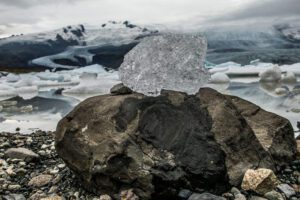
The 5 Best Road Trips In Iceland
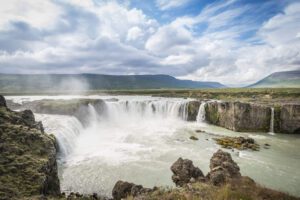
A Two Week Iceland Itinerary: Ring Road and More!
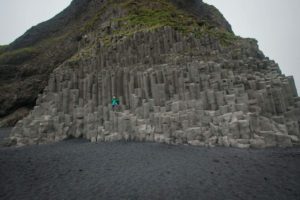
Our Iceland Bucket List: 22 Things to do in Iceland
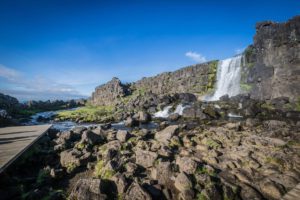
A One Day Golden Circle Road Trip in Iceland

9 Things To Do Around Lake Mývatn – And Itineraries!

A One Day Road Trip To The Snaefellsnes Peninsula
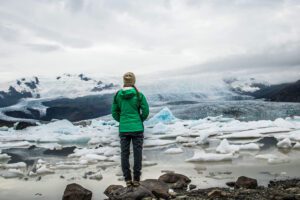
What To Pack For Iceland In The Summer
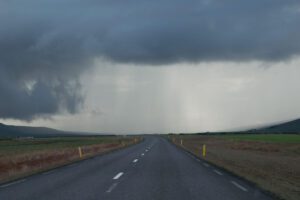
Things To Know When Driving In Iceland
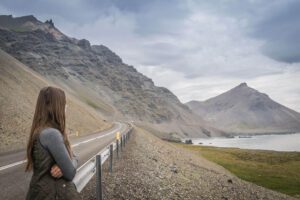
The Best One Week Ring Road Trip Through Iceland
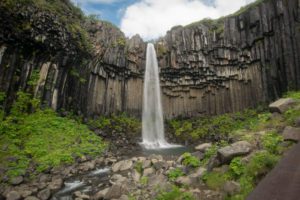
The 12 Best Waterfalls in Iceland
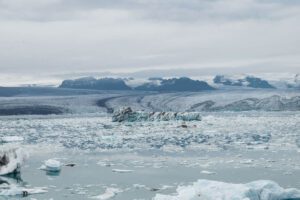
Jökulsárlón Lagoon and Fjallsárlón Lagoon: The Best Glacier Lagoon in Iceland

Iceland Budget and Ways to Save Money (Updated for 2026)
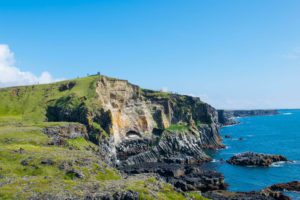
12 Spectacular Things to Do Along the Snaefellsnes Peninsula
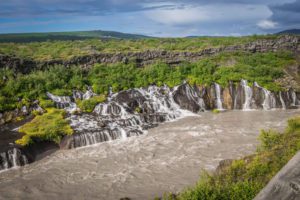
9 Sensational Self-Drive Day Trips From Reykjavík

A Great Guide to Seljalandsfoss and Gljúfurárfoss

Eating in Iceland on a Budget: Tips and Tricks
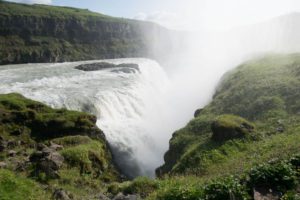
8 Golden Circle Stops: Your Great Golden Circle Guide

The Perfect Reykjavík itinerary: One Weekend In Reykjavík
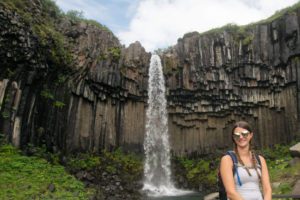
A Great Guide to the Skaftafell Area of Vatnajökull National Park

The Best of Iceland’s South Coast: 16 Stops Plus Itineraries

The Best Things To Do in Reykjavík

Snorkeling the Silfra Fissure: Is it worth it?
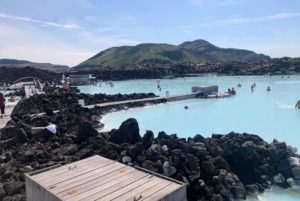
Is the Blue Lagoon Worth It? And Alternatives

A Guide To The Reykjadalur Hot Springs Hike
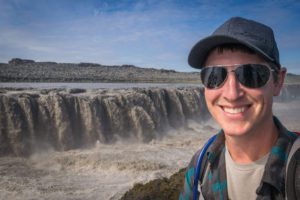
How to See Dettifoss, Selfoss, and Hafragilfoss

The Best Place to See Puffins in Iceland: Borgarfjörður Eystri

